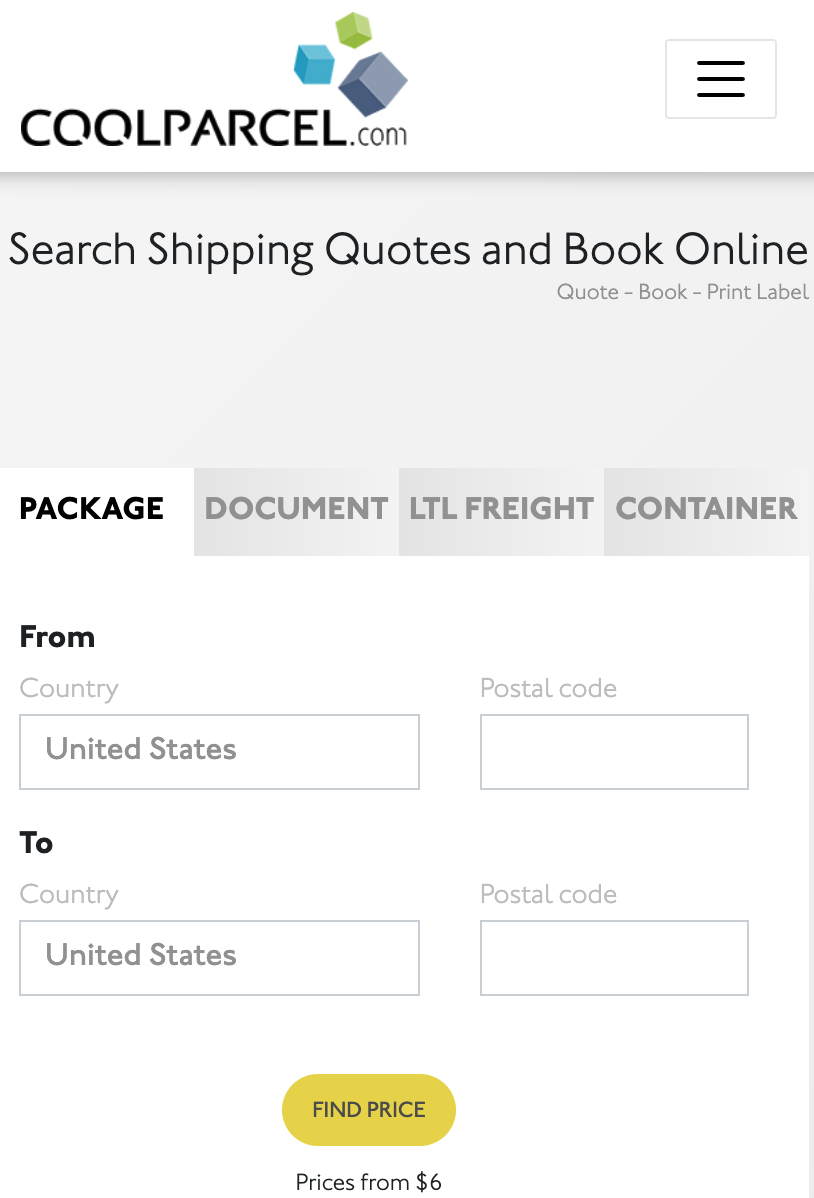A USPS hub is a centralized location where mail and packages are sorted, processed, and distributed for delivery to their final destinations. Hubs are typically large facilities that serve as key points in the USPS network, helping to streamline the movement of mail and packages between different regions and local post offices. These hubs play a crucial role in ensuring the efficient and timely delivery of mail and packages across the United States.
1. What is a USPS hub?
A USPS hub is a centralized facility where mail and packages are sorted, processed, and distributed for delivery to their final destinations. These hubs play a crucial role in the USPS’s logistics network, helping to streamline the movement of mail and packages across the country.
2. How does a USPS hub operate?
A USPS hub operates by receiving incoming mail and packages from various sources, such as local post offices, other hubs, and external carriers. The items are then sorted based on their destination and transportation method (e.g., air or ground) before being sent out for delivery to their final destinations.
3. Why are USPS hubs important?
USPS hubs are important because they help to facilitate the efficient and timely delivery of mail and packages across the country. By centralizing the sorting and processing of mail and packages, hubs help to reduce transit times and improve the overall reliability of the USPS’s delivery network. Additionally, hubs play a key role in managing the flow of mail and packages during peak periods, such as the holiday season.

